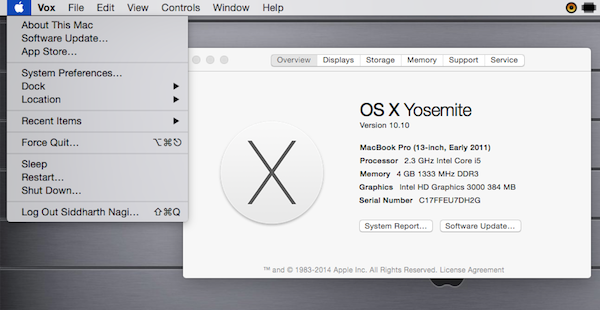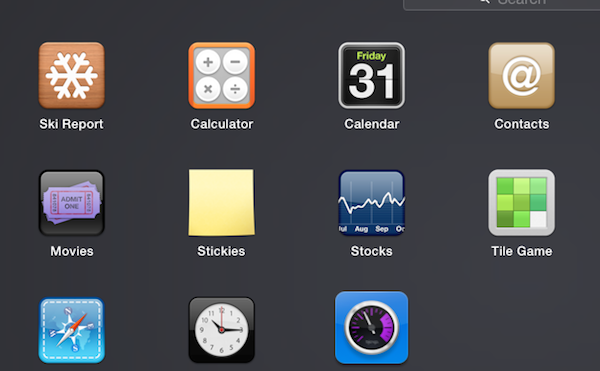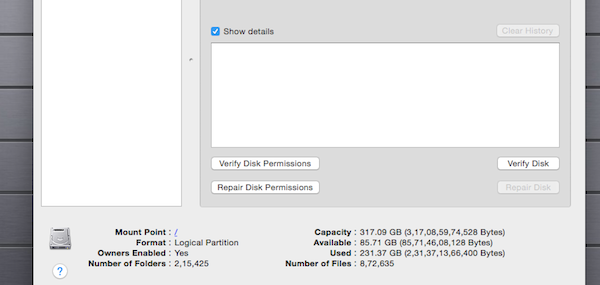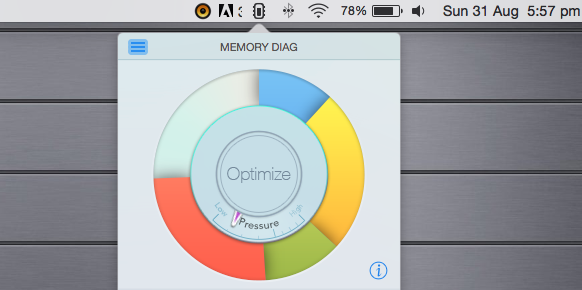Many of the people using Apple MacBook Pro, but it takes too much of time in boot up Loading. Due to some heavy data in your hard disk your RAM active much more megabytes like if you using Adobe Photoshop in 2GB of RAM and you will be in trouble sometimes Photoshop not responding so that you do 'Force Quit' that App. To increase your RAM processing you need to follow some steps, we give you some tricks to make your laptop faster Performance. And it will take less time on shutdown or any file transfer.
![6 Ways How To Boost Your Mac RAM 6 Ways How To Boost Your Mac RAM]()
![Update your OS system Update your OS system]()
![Move to Trash Unused Folders Move to Trash Unused Folders]()
![Disable Widgets Disable Widgets]()
![Verify your Disk Verify your Disk]()
![Memory Diag to Optimize your RAM Memory Diag to Optimize your RAM]()

1. Update your OS system

Keeping your software and operating system up to date will make sure that your system is secure and running at its best. When software is updated, 10 times the performance of the software can increase. Staying updated and secure will also help keep malicious files from slowing down your computer.
- Click the Apple menu and select Software Update. The program will check the internet for any available updates for your installed applications and your operating system.
- Install the updates you want. In general, it is recommended that you install all available updates to ensure that you have all the latest fixes and security changes.
- You can check for updates for apps installed with the App Store by opening the App Store and clicking the Updates tab. OS X Mountain Lion and later will include App Store updates in the general Software Update program. Older versions of OS X will need to update App Store apps through the store interface.
2. Move to Trash Unused Folders

Having too many icons on your screen can negatively impact your computer’s performance. This is because Mac OS X treats every icon as an individual window. The impact may be small, but can be noticeable if you have a large number of icons.
3. Disable Widgets on Dashboard

If you are using the Dashboard and widgets, you may be eating up your system’s memory. Widgets are mini-programs that are constantly running in the background. Because of this, they are a small but constant drain on your system resources.
- If you are using OS X 10.5 or earlier, you can access the Widget Manager from the Dashboard. Click the + sign in the Dashboard to open the Widget Bar. Select the Widgets icon on the left side of the row of icons. Uncheck any widgets you don’t want to use in the list.
- If you are using OS X 10.4, you will need to manually delete widgets. Open the Finder, and then click the Go menu. Choose Home from the dropdown menu. Open your Library folder, and then find the Widgets folder. Drag any widgets that you wish to remove into the Trash Can.
- If you don’t use widgets at all, you can disable the entire Dashboard. Open your Applications folder and then open Utilities. Select Terminal. In the Terminal, run the following commands:
Defaults write com. apple. dashboard mcx-disabled –boolean YES
killall Dock
To return the Dashboard, reenter the same command, but change YES to NO.
4. Disable Login items
Go to System Preferences, Once you've selected the user, click the login items button. Disable your unused login apps it will make your mac start-up faster.
5. Verify your Disk
Just go in disk utility and select your harddrive for verify. If Disk Utility discovers any issues that require a repair, you will need to start up from your Mac OS X install DVD and use Disk Utility on that disc to make repairs.

6. Memory Diag to Optimize your RAM
Memory Diag helps you to monitor and optimize your memory usage with a simple click. Quickly access detailed memory information and diagnosis from the menu bar.

